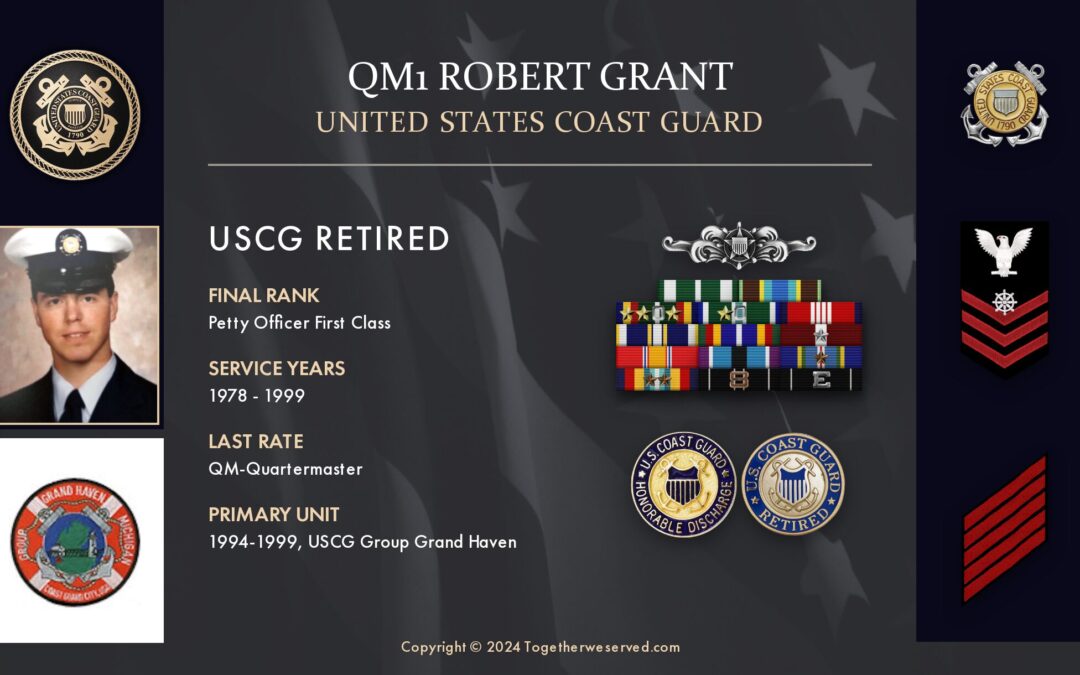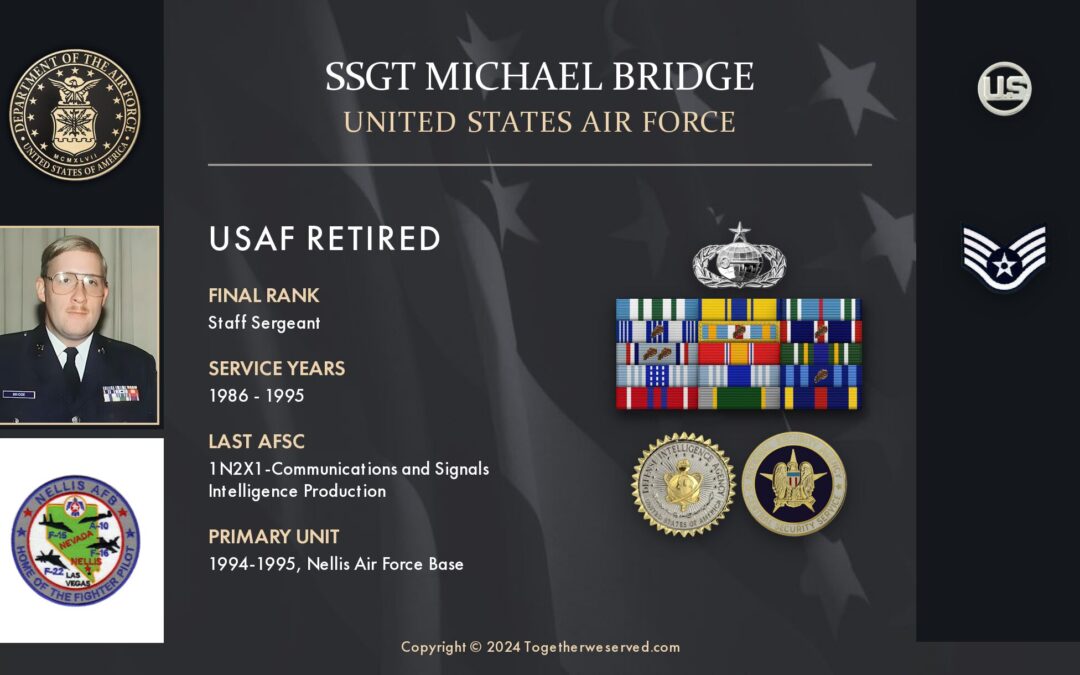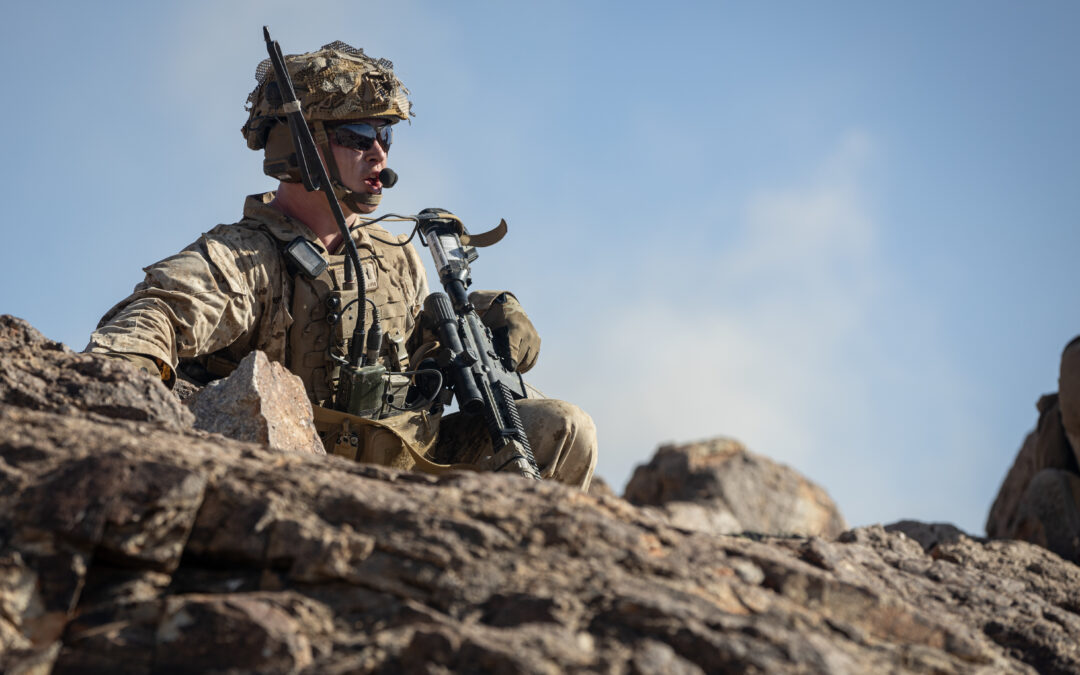In 1977 I was 19 when we returned home from Australia; my father was an SMSgt assigned to the US Embassy in Canberra and stationed at the RAAF Base in Richmond, New South Wales. I entered Solano Community College, living at home, going to classes full-time and working a midnight to six shift. After a year and a half, I was growing disenchanted with my life. I got off early one morning (about 4 AM in early December 1978) returned home and could not sleep. I turned on the TV and there was a thirty minute (public service) advertisement for the USCG (it was now about 5 AM). I became enthralled as I watched it, 2/3 of the way through the topic changed and focused on at sea drug interdiction in the Caribbean Sea – the narrator described this as “The Coast Guard Goes To War.”











